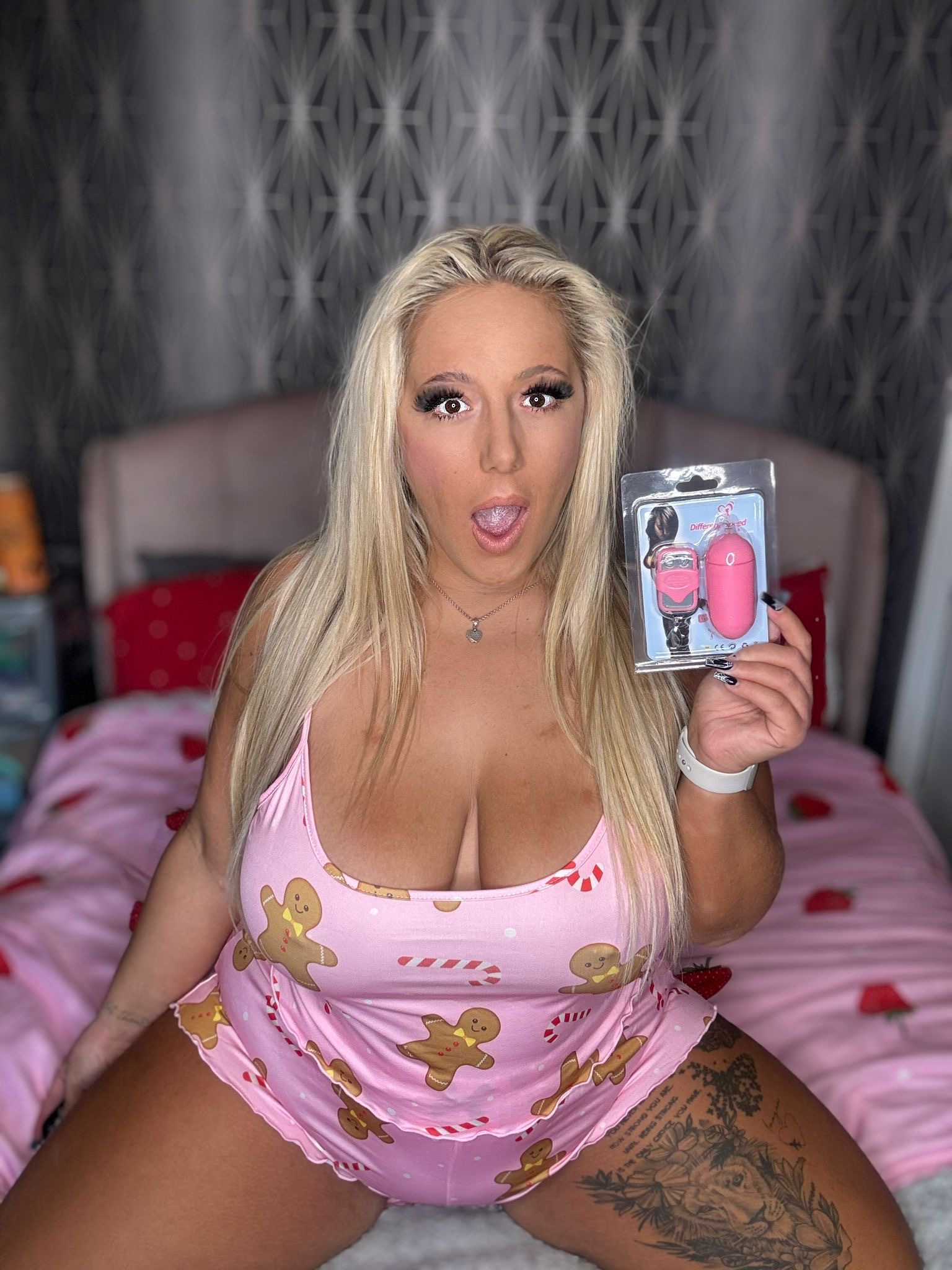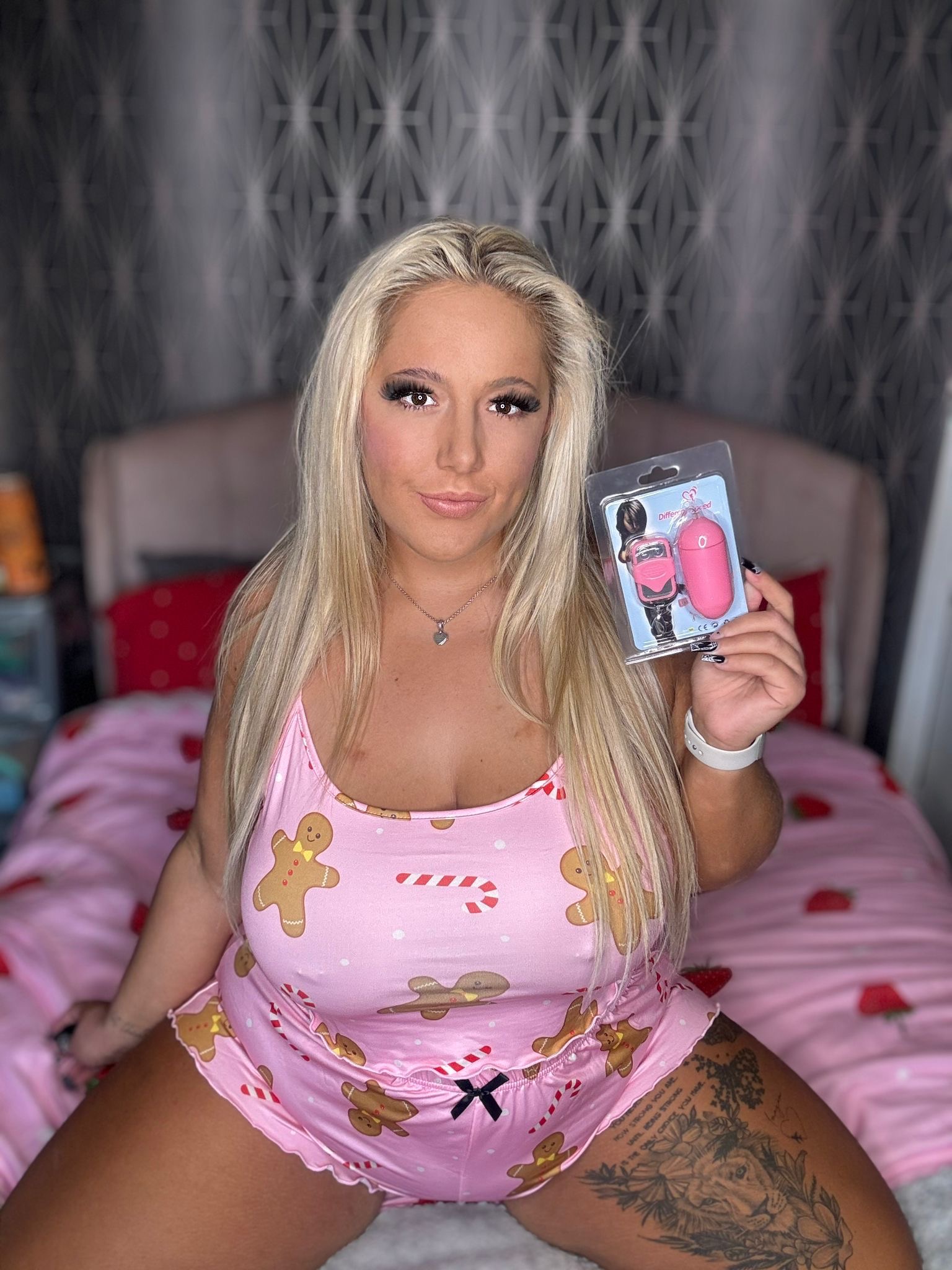Demigender Identities
Demigender identities encompass a spectrum of gender experiences where individuals partially identify with one or more genders, while also feeling a disconnect from traditional binary categories. This fluidity challenges conventional understandings of gender and opens up possibilities for diverse expressions within romantic partnerships.
Defining Demigender
Demigender identities encompass a spectrum of gender experiences where individuals partially identify with one or more genders, while also feeling a disconnect from traditional binary categories. This fluidity challenges conventional understandings of gender and opens up possibilities for diverse expressions within romantic partnerships.
- Someone might identify as demigirl, meaning they partly identify as a girl but not fully.
- Others may identify as demiboy, partially identifying as a boy.
- Demigender individuals often experience their gender identity as fluctuating or evolving over time.
Experiences and Expressions of Demigender Individuals
Demigender identities encompass a spectrum of gender experiences where individuals partially identify with one or more genders, while also feeling a disconnect from traditional binary categories. This fluidity challenges conventional understandings of gender and opens up possibilities for diverse expressions within romantic partnerships.
Within these relationships, demigender individuals may navigate their gender identity in unique ways. Their expression of gender might shift depending on the context or their emotional state.
- Communication and understanding are crucial for fostering supportive and inclusive romantic partnerships.
- Partners should be open to learning about each other’s gender identities and expressions, respecting boundaries, and adapting their language and actions accordingly.
Fluidity in Romantic Partnerships
Romantic partnerships are increasingly embracing fluidity in gender identity. This shift reflects a growing understanding and acceptance of diverse gender experiences beyond the traditional binary of male and female.

Understanding Gender Fluidity
Demigender identities encompass a spectrum of gender experiences where individuals partially identify with one or more genders, while also feeling a disconnect from traditional binary categories. This fluidity challenges conventional understandings of gender and opens up possibilities for diverse expressions within romantic partnerships.
Within these relationships, demigender individuals may navigate their gender identity in unique ways. Their expression of gender might shift depending on the context or their emotional state.
- Someone might identify as demigirl, meaning they partly identify as a girl but not fully.
- Others may identify as demiboy, partially identifying as a boy.
- Demigender individuals often experience their gender identity as fluctuating or evolving over time.
Communication and understanding are crucial for fostering supportive and inclusive romantic partnerships.
- Partners should be open to learning about each other’s gender identities and expressions, respecting boundaries, and adapting their language and actions accordingly.
Romantic partnerships are increasingly embracing fluidity in gender identity. This shift reflects a growing understanding and acceptance of diverse gender experiences beyond the traditional binary of male and female.
Communication and Negotiation in Demigender-Inclusive Relationships
Demigender identities encompass a spectrum of gender experiences where individuals partially identify with one or more genders, while also feeling a disconnect from traditional binary categories. This fluidity challenges conventional understandings of gender and opens up possibilities for diverse expressions within romantic partnerships.
Within these relationships, demigender individuals may navigate their gender identity in unique ways. Their expression of gender might shift depending on the context or their emotional state. Partners should be open to learning about each other’s gender identities and expressions, respecting boundaries, and adapting their language and actions accordingly.
Communication and negotiation play vital roles in demigender-inclusive relationships. Open and honest conversations about gender identity, pronouns, preferred terms of address, and expectations around physical intimacy are essential for building understanding and fostering a supportive environment.
Romantic partnerships are increasingly embracing fluidity in gender identity. This shift reflects a growing understanding and acceptance of diverse gender experiences beyond the traditional binary of male and female.
Challenges and Considerations for Demigender Individuals in Romantic Relationships
Demigender identities encompass a spectrum of gender experiences where individuals partially identify with one or more genders, while also feeling a disconnect from traditional binary categories. This fluidity challenges conventional understandings of gender and opens up possibilities for diverse expressions within romantic partnerships.
Demigender individuals may experience their gender identity as fluctuating or evolving over time. Communication and understanding are crucial for fostering supportive and inclusive romantic partnerships.
Partners should be open to learning about each other’s gender identities and expressions, respecting boundaries, and adapting their language and actions accordingly.
Romantic partnerships are increasingly embracing fluidity in gender identity. This shift reflects a growing understanding and acceptance of diverse gender experiences beyond the traditional binary of male and female.
Supporting Demigender Individuals in Romantic Partnerships

Demigender identities encompass a spectrum of gender experiences where individuals partially identify with one or more genders, while also feeling a disconnect from traditional binary categories. This fluidity challenges conventional understandings of gender and opens up possibilities for diverse expressions within romantic partnerships.
Creating a Safe and Supportive Environment
Demigender identities encompass a spectrum of gender experiences where individuals partially identify with one or more genders, while also feeling a disconnect from traditional binary categories. This fluidity challenges conventional understandings of gender and opens up possibilities for diverse expressions within romantic partnerships.
Within these relationships, demigender individuals may navigate their gender identity in unique ways. Their expression of gender might shift depending on the context or their emotional state. Partners should be open to learning about each other’s gender identities and expressions, respecting boundaries, and adapting their language and actions accordingly.

Communication and negotiation play vital roles in demigender-inclusive relationships. Open and honest conversations about gender identity, pronouns, preferred terms of address, and expectations around physical intimacy are essential for building understanding and fostering a supportive environment.
Romantic partnerships are increasingly embracing fluidity in gender identity. This shift reflects a growing understanding and acceptance of diverse gender experiences beyond the traditional binary of male and female.
Educating Oneself and Partners on Demigender Identities
Demigender identities encompass a spectrum of gender experiences where individuals partially identify with one or more genders, while also feeling a disconnect from traditional binary categories. This fluidity challenges conventional understandings of gender and opens up possibilities for diverse expressions within romantic partnerships. Within these relationships, demigender individuals may navigate their gender identity in unique ways. Their expression of gender might shift depending on the context or their emotional state. Partners should be open to learning about each other’s gender identities and expressions, respecting boundaries, and adapting their language and actions accordingly.
Communication and negotiation play vital roles in demigender-inclusive relationships. Open and honest conversations about gender identity, pronouns, preferred terms of address, and expectations around physical intimacy are essential for building understanding and fostering a supportive environment. Romantic partnerships are increasingly embracing fluidity in gender identity. This shift reflects a growing understanding and acceptance of diverse gender experiences beyond the traditional binary of male and female.
Respecting Boundaries and Preferences
Demigender identities encompass a spectrum of gender experiences where individuals partially identify with one or more genders, while also feeling a disconnect from traditional binary categories. This fluidity challenges conventional understandings of gender and opens up possibilities for diverse expressions within romantic partnerships.
Within these relationships, demigender individuals may navigate their gender identity in unique ways. Their expression of gender might shift depending on the context or their emotional state.
Partners should be open to learning about each other’s gender identities and expressions, respecting boundaries, and adapting their language and actions accordingly.
Communication is key to fostering a supportive environment. Open and honest conversations about gender identity, pronouns, preferred terms of address, and expectations around physical intimacy are essential for building understanding and ensuring both partners feel respected and comfortable.
Romantic partnerships are increasingly embracing fluidity in gender identity. This shift reflects a growing understanding and acceptance of diverse gender experiences beyond the traditional binary of male and female.
probone sex position
Learn more through the article
Check out the full feature
- Downturned Smile Treatment Near Churt, Surrey - July 14, 2025
- Does Profhilo Help Smokers Lines? - July 13, 2025
- Do Temple Fillers Lift Eyes? - July 12, 2025